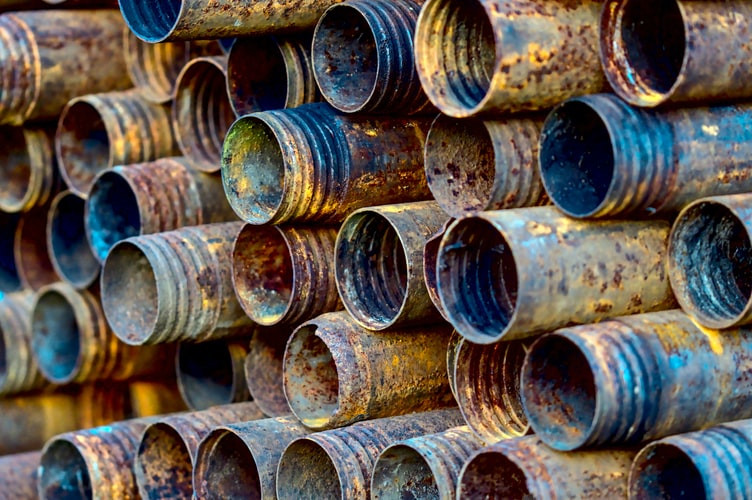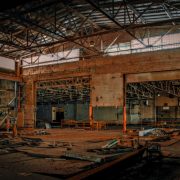Ever since the beginning days, the paper industry has been a quintessential part of the business landscape in America
Even as document management systems have taken off, paper continues to be a big part of business, and in fact, paper use has exploded in recent years. Paper mills could be said to be an industrial plant where paper gets manufactured through wood pulp, and you can fully integrate it. Non-integrated mills will usually consist of a pulp mill, and they will buy the wood pulp that has already been processed.
The Manufacturing Process
Paper mill workers will be involved in the process of manufacturing paper from the start to the finish. Normally, it will require that the workers prepare the raw materials and refine and bleach them, which will help them to form the sheets of paper. Next, they will coat and dry it. Finally, the paper gets cut into smaller sheets, and the workers will package the final product. We still remain quite dependent on paper, which is why the paper mills have continued to supply the United States with paper to help with meeting their demand. At the same time, it provides thousands of people with jobs.
Where the Problem Comes In At
The biggest problem comes from the paper mills that were built from the 1930s to the 1970s because these mills would often use asbestos in their building materials. This would put everyone at risk of exposure to the asbestos-related products. Everything from the building materials to the insulation used to protect the pipes had asbestos-based fibers in them.

Based on the US Bureau of Labor Statistics, the following paper mill workers were the most at risk:
-
Truck and tractor operators
-
Cutting and slicing machine setters
-
Printing machine operators
-
First-line supervisors
Exposure From the Product
Insulation was one of the most common ways that workers were exposed, and you would find it used throughout the paper mill from the doors to the walls to the piping to the boilers. You will also find it used in the equipment and the materials. For example, the sandpaper backing and the drying machines all used to contain this substance because of how it was fire resistant and could resist heat. Finally, you had the building materials that you had to worry about.

You would find how construction materials at these sites contained this carcinogenic mineral, but some of the most common materials that you would find it in included:
-
Paint
-
Shingles
-
Flooring tiles
-
Door panels
-
Ceiling tiles
-
Counter tops
-
Cement
Exposure in the Profession
Most of the exposure that happens while in the paper mills will come from the maintenance of the equipment. If you’re working at an older paper mill, the increase in risk for developing mesothelioma goes up. The recovery, boiler and pulping operations have all made use out of a lot of heat. For that reason, they used to insulate the pipes with asbestos-related materials. Maintenance workers, in particular, will be the most at risk because they have a higher likelihood of coming into contact with some of these asbestos-related fibers. You will find these carcinogenic contaminants present in the mill’s machinery. To make matter worse, the maintenance workers will often be required as a part of their job to inspect this machinery and repair it.
Exposure goes beyond the maintenance workers, however. For example, some of the materials they used for building these paper mills could become problematic. For example, as the construction materials start to decay, the worker has a chance of encountering these dangerous fibers and inhaling them. Once they have been inhaled, it often gets lodged in the lungs, which will cause many problems later in life like cancer and breathing problems.

While it might not manifest itself for three or four decades, breathing problems are common as the fibers begin to accumulate in the lung tissue. These fibers have the potential to cause both scarring and inflammation of the lungs, which will eventually lead to some other diseases.

Over the years, dozens of lawsuits from disgruntled paper mill workers have been filed as they later find themselves with a host of health problems like mesothelioma. In one case, Henry Barabin filed a lawsuit against AstenJohnson and Scapa Dryer Fabric, Inc. Barabin has worked from 1968 up until he retired in 2001.

Unfortunately, he was later diagnosed with an asbestos-related disease. Barabin won a $10.2 million judgment. Over the course of Barabin’s career, he had been exposed to Scapa and AstenJohnson, and he said that the high concentration levels of asbestos-related fibers had caused his health to later go downhill.

